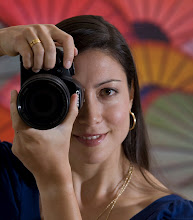Despite the Plague of 1665 and the Great Fire of 1666, London emerged during the Victorian era as a center of power and wealth. Unfortunately, WWII bombings destroyed many of the city's buildings, but London quickly recovered and has been thriving ever since as one of the most important business, financial and cultural capitals of Europe.
One could easily spend weeks exploring London's many neighborhoods, parks, markets, palaces and museums. Every cuisine of the world can be found in the city's numerous restaurants, along with more traditional fare in pubs and tea rooms. And evening entertainment abounds, from all-night clubs to first-rate theater. With so much on offer, a visitor's number one challenge is deciding what to do!
 One of London's best-known buildings: the Houses of Parliament, with the famous Big Ben clock tower, named for the 13-ton bell it holds
One of London's best-known buildings: the Houses of Parliament, with the famous Big Ben clock tower, named for the 13-ton bell it holds The Tower of London was built by William the Conqueror in the 11th century and today houses the Crown Jewels
The Tower of London was built by William the Conqueror in the 11th century and today houses the Crown Jewels The Golden Jubilee bridge links Whitehall Court (in photo) on the north bank of the Thames with Jubilee Gardens on the south bank
The Golden Jubilee bridge links Whitehall Court (in photo) on the north bank of the Thames with Jubilee Gardens on the south bank







No comments:
Post a Comment